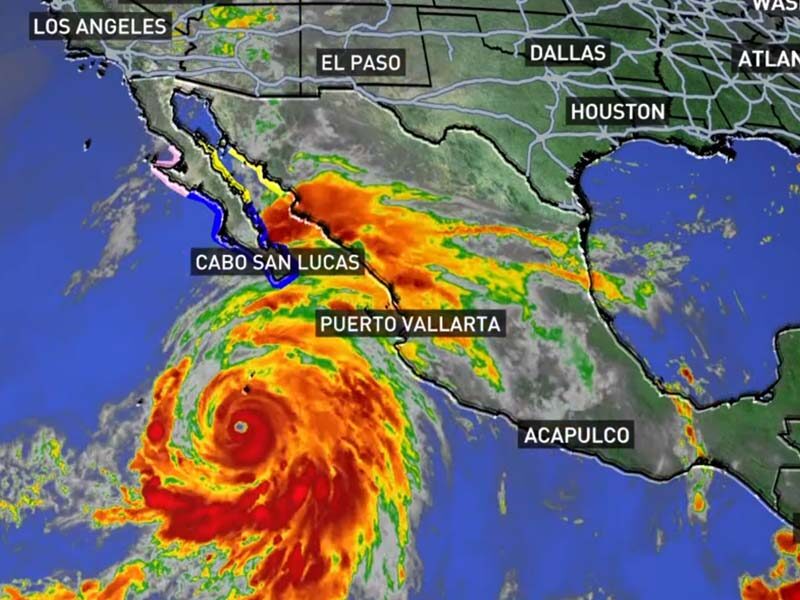There are about 8,000 meteorological stations on Earth that regularly provide operational weather information. There are world standards on the order and time of observations, as well as a list of meteorological characteristics to be observed: cloud cover, pressure, wind direction and speed, air temperature and moisture content, soil temperature, and so on. These data go to the world’s weather centers.
Each country has its own weather center, although not all countries have well-developed forecast models. There are fourteen generally accepted models of weather forecasts. All meteorological information is publicly available – this is what the World Meteorological Organization is for. That is, all forecasters can use data from all models. And there is no perfect forecast model yet.
Part of the information about the weather is received from a satellite, but it cannot measure everything – even the temperature is not very accurately determined by the satellite. But the satellite is good at photographing clouds, so we can reconstruct information about wind direction and strength. The satellite also reconstructs a vertical profile of temperature and humidity.
Weather mistakes happen and won’t go away anytime soon. To understand where mistakes come from, we need to understand how the forecasts are made.
We have weather observation data. They go to the world weather centers and then are put into the model as initial conditions. The model is a complex system of hydrodynamic equations with many unknowns. Let’s say we want to get information about some parameter after a certain number of hours – twenty-four hours, forty-eight hours. To do this, we take the equation that describes this process and the initial data about the current state of the weather, that is, the data that came from the weather stations. By solving these equations, integrating them over time, we get the value of the desired parameter after a certain time. These parameters are then analyzed by forecasters. The model can calculate specific characteristics, but only humans can generalize this.


